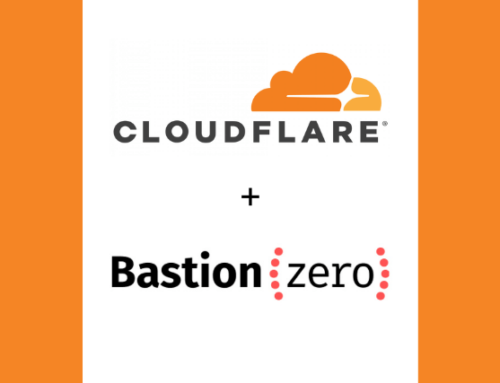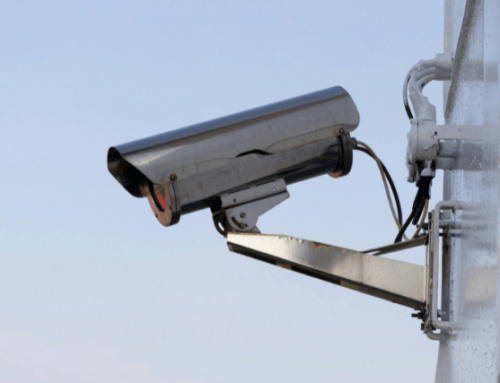In this post: Learn about three cybersecurity trends to consider to keep your company’s virtual assets safe in the new year.
Happy New Year from your partners at Adapture.
Improving cybersecurity in your organization should be a lot more than simply a new year’s resolution—it should be an ongoing initiative that is constantly changing and evolving.
We obviously can’t recommend a specific cybersecurity solution plan for your company unless we’re well-entrenched as a partner. We can, however, share three cybersecurity considerations offered by our experts.
Spanning the Cybersecurity Skills Gap
Most cybersecurity advancements have occurred within the past thirty years (alongside the rise of the internet)—advancements that have been driven at breakneck speeds in response to the evolving threats hackers and cybercriminals pose. Cyberattacks literally drive the security intelligence job market.
The rapid pace of innovation has left legacy security experts far behind and has given them little time or opportunity to adapt. Consequently, a new breed of security analyst has been born, but there are not enough of them to meet the industry’s current needs. As such, there is a pronounced skills gap that is widening with the release of each new bot or malware. According to Gartner, there is a “zero percent unemployment rate” for cybersecurity professionals because security skillsets are so scarce and demand is so high. This zero percent puts companies in the “security red” as 40,000 information security analyst jobs are left unfilled each year.
The numbers aren’t ideal. This means you need to work that much harder with your HR team or a highly skilled staffing agency to seek out and contract specialists to fill the skills gaps that remain in your operations.
And let’s not forget about the importance of cloud security experts as well.
Cloud Prevalence Produces Security Needs
It’s official. Cloud computing is no longer considered an experimental or nuanced technology. As a result, companies are using cloud in their everyday operations. With each second, larger and more complex workloads (as well as more sensitive enterprise data) are being entrusted to cloud environments. And while cloud solves several corporate computing complexities, its platforms have become alluring targets for cybercriminals, which creates its own share of difficulties.
When confronting the cloud security dilemma, you are once again faced with another facet of the security skills gap. If you are migrating from legacy hardware to a cloud environment, your preexisting security team will be unable to keep pace with cloud’s specific security needs—the protocols and processes are not compatible from one platform to the other. And while cloud providers may recommend bundled services, they are not responsible for securing your company’s personal assets. That job falls to you and you alone.
In short, you will need to commit to gaining an institutional knowledge of how cloud works before you can determine what is needed to secure it. If you are looking for a launching point in your research, check out Adapture’s cloud security overview to begin formulating your security risk management the right way.
Protection vs. Detection: What’s the Difference?
The experts at Adapture suggest that “It’s not a question of ‘if’ anymore; it’s ‘when.’ You’re going to get hacked at some point or another. But what really matters is how you respond to that breach.”
Gartner research reveals that the average breach detection time for most companies is 99 days with the average cost equaling $4 million per incident. Firewalls were effective for a time, but that was before the sophistication of the modern-day hacker. Considering the cyberattack historical record, there needs to be a fundamental industry shift from a “protection” mindset to that of “detection.” If breaches are inevitable, then your environment should be architected to defend itself from within by discovering and counteracting them.
Gartner Research Director, Aric Ahlm, believes that the best answer to our prevention woes is found in data analytics and AI technologies like CARTA: “Anomaly detection and machine learning are helping us to find bad guys that have otherwise bypassed our rules-based prevention systems.” Due to machine learning’s real-time intelligence and adaptability, methodologies like CARTA help companies more proactively detect intruders that other software might miss.
As crucial as detection has proven itself to be, it is still just the first step of many in security response protocols. Your IT team needs to have the aptitude and experience to eradicate the problem before the threat has had time to cause insurmountable damage (like we saw with Equifax). But does your security team have the resources to deliver when these emergencies occur?
We again return to the yawning skills gap of cybersecurity.
Experts are Scarce While Breaches Abound
You might feel as if there are no security experts available. Perhaps you are even one of those companies still waiting on one of the 40,000 information security analyst positions to be filled. How are you supposed to adequately address your 2018 security needs without the necessary resources?
Rest assured that Adapture has the expertise to support you through all three of the considerations listed above. Our industry experts will come alongside you and your IT team to get your company’s security ready for the coming year and beyond.












